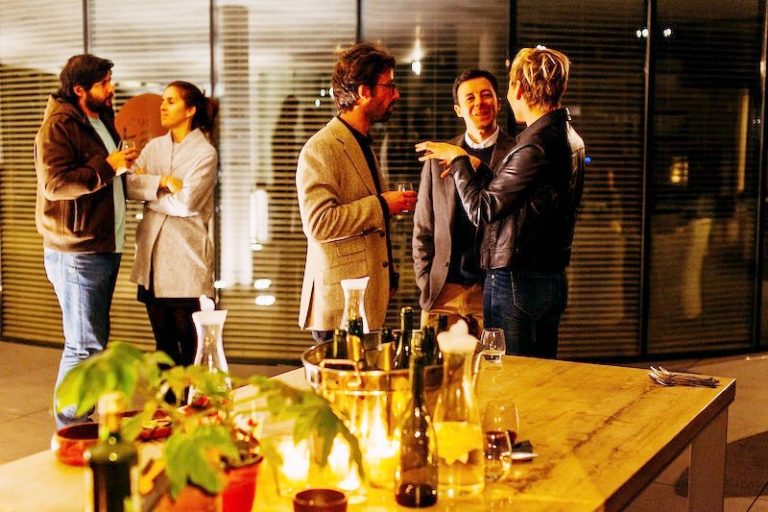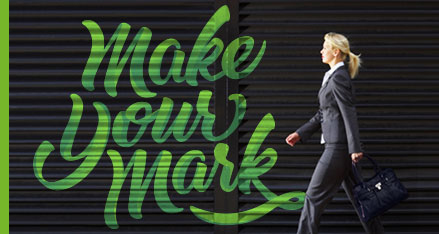Did you know that watermelon is a berry? Avocados are too! June is National Fruit and Vegetable Month, and there’s no better way to celebrate than to add an array of healthy produce to your next meeting, networking reception, or cocktail hour. Not only is produce a nutritious choice to add to your menu, it is fun, colorful, soothing, and an interesting way to get people talking.
They’re Eye-Catching
Fruit and vegetables come in a rainbow of colors! From the ruby red shine of a bell pepper to the bright violet purple of a dragon fruit, your eye is drawn to these foods. They attract interest and whet the appetite.
Keep Moods Stable
Produce such as raspberries, apples, potatoes, and artichokes are high in fiber. Fiber is the great mood stabilizer! It helps keep blood sugar in check, which keeps mood swings at bay. Foods such as mushrooms, squash, and bell peppers also contain vitamin and minerals which reduce stress. Magnesium and potassium help keep blood vessels open and blood pressure down. Good moods and low stress are bound to make your next veggie filled meeting a success.
Fun To Munch
Fruits and vegetables can be fun to eat. Some snap and some crunch. Some are juicy and sweet, while others are velvety and rich. Baby carrots are small and convenient and great to pop into your mouth. Artichokes leaves can be fun to peel and eat. All great additions to add to the buffet for a late-afternoon meeting snack break.

Nutritious
Of course, the best reason to add more fruits and veggies to your meeting menus is that produce is nutritious. Filled with vitamins and nutrients, there is no better option to feed your group.
Some Of Our Favorite Additions
There is a nearly endless variety of fruits and vegetables to choose from, allowing for a number of different preferences and tastes to be met. Here are a few of our favorites we love for clients to add to their menus.
Tomatoes are a crowd favorite, and with statistics showing over 93% of Americans grow tomatoes in their own yards, it’s easy to assume people can’t live without them. Make sure your next meeting menu offers tomatoes, either in a lovely Caprese salad, delicately presented with cooked pasta or as finger food with a host of fun dips. No executive meeting meal should be without them.
Avocados are a fruit that’s currently trending in popularity and offer a savory, protein-rich option for salads, sandwiches, and toppings. Whether your menu includes avocados in slices or as guacamole, they’re definitely a crowd favorite.
Keep Apples on your meeting menu as a classic, fan-favorite fruit option. In addition to being a tremendous source of fiber and containing no fat or cholesterol, apples are easy to grab and eat for a quick snack during a full day meeting.
Watermelons, Cantaloupe, and Honeydew, oh my! No fruit menu is complete without at least one of these refreshing, nutrient-rich fruits. Whether prepared as a fruit salad or on a fruit tray, keeping your food stations stocked with melon options will keep your attendees happy.
Did you know that zucchini contains more potassium than the banana? When considering your menu options, consider implementing Squash and Zucchini as a side dish option as well as a main dish option for your vegan or vegetarian attendees.
Adding an array of fruit and vegetables to your next meeting menu can only benefit you and your business associates. Not only is it a healthy and delicious choice, it can even improve moods. For more ideas on how to incorporate delicious fruit and veggie options into your June meetings, contact us. AMA Executive Conference Centers in Atlanta, New York City, Washington DC and San Francisco are here to help you host your best conferences and meetings!




